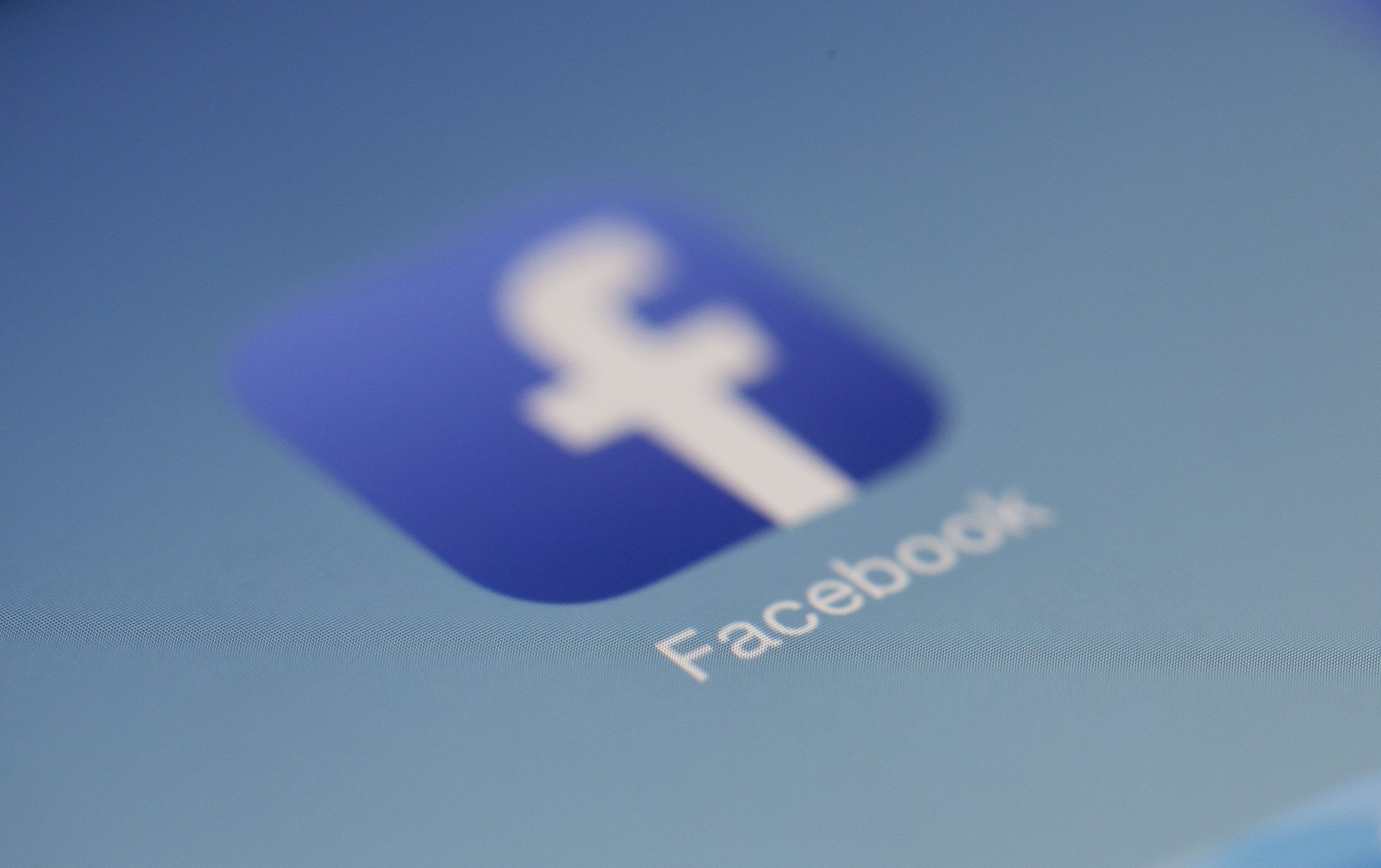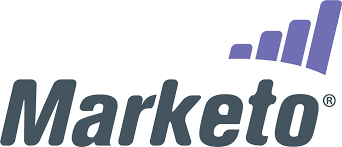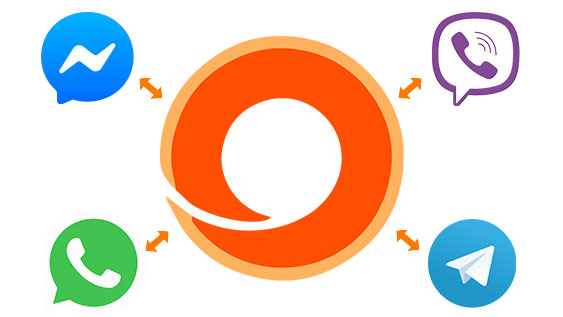

SCOTUS TCPA Ruling and What It Means for You
Whether you are a business or a higher education institution, the recent Supreme Court ruling regarding Facebook and the TCPA regulation impacts you. You likely have questions about how, what the ruling says, and what you can do to protect your organization. To bring people up to speed, we recently hosted a webinar on the topic, “TCPA: Regulations & Best Practices.”
We are fortunate to have a relationship with one of the premier TCPA experts in the nation, Adam Bowser, partner and attorney at Arent Fox. Adam is a litigation and consumer-privacy attorney, recognized as a Washington, DC Super Lawyers “Rising Star” in Communications Law every year since 2014.
He has won several notable victories for clients brought into class-action litigation arising out of consumer protection and privacy laws, particularly the TCPA. As part of his deep expertise in consumer protection laws, he regularly advises clients across industries on privacy compliance and risk mitigation strategies.
In this webinar, Adam goes over everything you need to know about the TCPA, the recent SCOTUS Facebook ruling, and how you can avoid litigation when calling or texting customers, prospects, students, or anyone in your target market. We highly recommend listening to the hour-long webinar, as it addresses intricacies and participant questions, but this article provides a summary in case you need the Cliff Notes.
What is TCPA?
The TCPA is the acronym for the Telephone Consumer Protection Act of 1991. The act regulates how organizations can contact people via technology. The driver for the legislation was the increasing practice of organizations sending mass, pre-recorded, autodialed telemarketing calls to randomly chosen blocks of numbers.
Oftentimes, these blocks included hospital systems, police departments, and other public service institutions, jamming their lines so that emergency calls could not get through. People were also tired of receiving these telemarketing calls during dinnertime. Frustration with telemarketers skyrocketed, leading Congress to step in with the TCPA to set guidelines and limit such calls.
In 2003, the Federal Communications Commission (FCC) updated the TCPA guidelines to include text messages, considering texts to be the same as a phone call and, therefore, largely subject to the same requirements. This included text messages being subject to private litigation for sending unsolicited autodialed text messages without the recipient’s consent. The TCPA provides plaintiffs with statutory damages of at least $500 per unlawful message, meaning claimants don’t have to prove actual damages other than being annoyed, opening up a slew of litigation. Because cases involving mass texting are often brought as class actions, organizations could face millions of dollars in potential liability.
What Does TCPA Autodialer Provision Say?
The TCPA makes it unlawful to make any call or send any text (other than a call for emergency purposes or prior expressed consent of the called party) using any automatic telephone dialing system or an artificial or prerecorded voice to any mobile number assigned to a cellular telephone service.
In plain English, this means it is illegal to initiate an autodialed call or text to a wireless telephone number without the recipient’s prior express consent. Thus, it is important to understand what an autodialer actually is. Congress defined an automatic telephone dialing system (ATDS) as equipment that has the capacity to store or produce telephone numbers to be called, using a random or sequential number generator; and to dial such numbers.
In other words, Congress was legislating against the specific type of dialing systems that were carpet bombing entire multi-line organizations through dialing blocks of numbers in quick succession. That’s a far cry from the “smart bomb” technology used today, however.
The FCC Expands The Scope Of Autodialers
In 2003 and 2008, the FCC issued rulings expanding the meaning of autodialing beyond random or sequential number generation in an attempt to keep up with changes in technology, making it relevant whether a human or a computer using algorithms called or texted a number.
The next relevant order was in 2015 when the FCC addressed various petitions asking the FCC to weigh in on even more modern communications platforms and texting applications. While the ruling focused on whether the equipment could dial thousands of numbers without human intervention in a short period of time, the FCC also ruled the “future capacity” of the system to dial numbers without human intervention, or generate random or sequential numbers, was also relevant.
But this had inherent issues. The ruling meant that anything could theoretically be turned into an autodialer. For instance, you can download apps onto a modern smartphone that are basically autodialers. In early 2018, the Court of Appeals for the D.C. Circuit overturned and vacated the FCC’s 2015 autodialer ruling, but many other courts interpreted that all of FCC autodialer decisions were vacated.
That largely left no binding FCC precedent. In that vacuum, every district court could, to some extent, interpret the autodialer definition however they wanted. There was no unified law, and with mobile numbers, there is no way to know the actual location of a recipient. A conservative approach, therefore, meant that companies using modern technology to contact consumers had to abide by the strictest interpretations out there.
Eventually, district court cases reached the Circuit Court level, where the crux of the dispute often came down to what the phrase “using a random or sequential number generator” really modified in terms of storing or producing telephone numbers. What did that mean for any type of equipment or platform where you import your own CRM database or curated list – meaning no numbers are actually generated, but simply transferred from one place to another? Is that an autodialer?
Then, the Ninth Circuit on the West Coast rewrote the definition to be: the equipment has the capacity to store telephone numbers to be called, or to produce numbers to be called using a random or sequential number generator, and to dial such numbers automatically.
Basically, anything that stores a number and dials automatically would be considered an autodialer. When you couple that with the capacity element in TCPA, there wouldn’t be many platforms that aren’t autodialers. For example, if you have the ability to store numbers and send an autoreply, that technology could be considered an autodialer under the Ninth Circuit’s view.
To be sure, many other courts interpreted the autodialer like it is written – meaning that “using a random or sequential number generator” modifies both “store” and “produce.” In other words, messaging telephone numbers found on a curated list did not implicate the autodialer provisions of the TCPA.
All of this sets the table for the recent SCOTUS Facebook decision.
SCOTUS Enters The Picture
About five years ago, Facebook was named in a TCPA lawsuit. At issue was a security feature Facebook users could set up in their profile, such that if the Facebook system recognizes an unauthorized attempt to access the user account, it will send a single text message to the phone number the user inputted. It wasn’t blasting automatically generated telemarketing text messages to the masses but targeted messages to a user who asked for such notifications in their Facebook account.
The Ninth Circuit originally ruled that if an organization stored the number, and there was no human intervention, that constituted an autodialer under its Marks precedent. Facebook appealed to the Supreme Court, and after hearing oral arguments, the court issued its decision in April 2021 to overturn Marks and rule in favor of Facebook. The ruling defined how all courts should interpret and address the TCPA’s autodialer definition.
That is, a unanimous SCOTUS specifically held that to qualify as an autodialer within the meaning of the TCPA, a device must have the capacity either 1) to store a telephone number using a random or sequential generator, or 2) to produce a telephone number using a random or sequential number generator. It considered human intervention (or not) irrelevant.
In a nutshell, SCOTUS said an autodialer was a technology with the capacity to randomly or sequentially generate phone numbers, whether now or for later use. Calling or texting from a system that couldn’t generate telephone numbers was not autodialing.
What The SCOTUS Decision Means for Companies, Colleges and Universities
The SCOTUS is a fantastic decision for any organization that uses texts to communicate with its audience. Instead of different circuit courts making their own decisions, we finally have a nationwide binding order with which all courts have to comply. Now, no matter where you call or text, the same rules apply and the technology you use will be interpreted the same.
Thanks to the ruling, the filings for autodialer cases are down significantly. Litigation exposure is way down, particularly for texting platforms like TrueDialog. In fact, TrueDialog has already been deemed by the courts as not being an autodialer. The TrueDialog system only has the capacity for you to upload your pre-existing contact list, for you to input individual telephone numbers, or for wireless subscribers to add themselves by texting a keyword to join your mobile alert program.
In other words, the TrueDialog platform doesn’t provide you the ability to randomly or sequentially generate telephone numbers and is, therefore, not considered an autodialer under the SCOTUS ruling. However, this isn’t true for every business or higher education texting platform.
How to Stay TCPA Compliant
Again, while The Facebook decision is an incredibly helpful decision that should certainly reduce TCPA litigation risk, experts still recommend a multi-tiered defense strategy to further reduce your exposure.
Best practices:
- Consent is a complete defense to an autodialer claim. Get consent if you can get it, and it will be a better experience for your audience as well. For informational messages and messages from non-profit organizations, all that is typically required is for the message recipient to simply release their number to you.
- Always identify yourself in your message so they know who’s messaging them.
- Have a clear and easy way for students or customers to opt-out.
- Keep records of opt-ins and outs. Consent is only as good as what you can prove.
- Have a Do-Not-Contact policy, especially for for-profit organizations. The FCC’s rules state that all companies engaging in telemarketing should have a DNC policy in place, train employees on it, and honor and record DNC requests.
- Think about terms and conditions containing class action waivers and arbitration provisions so you don’t have to litigate.
Want to learn more from the webinar? Listen now to get details and hear answers to participant questions like whether each department within an organization needs to obtain its own consent, how many times you have to ask for an opt-out, how opt-ins and opt-outs are different with short codes vs long codes, how long consent is valid, what types of consent are appropriate, and what constitutes prior expressed consent.
 Salesforce
Salesforce




